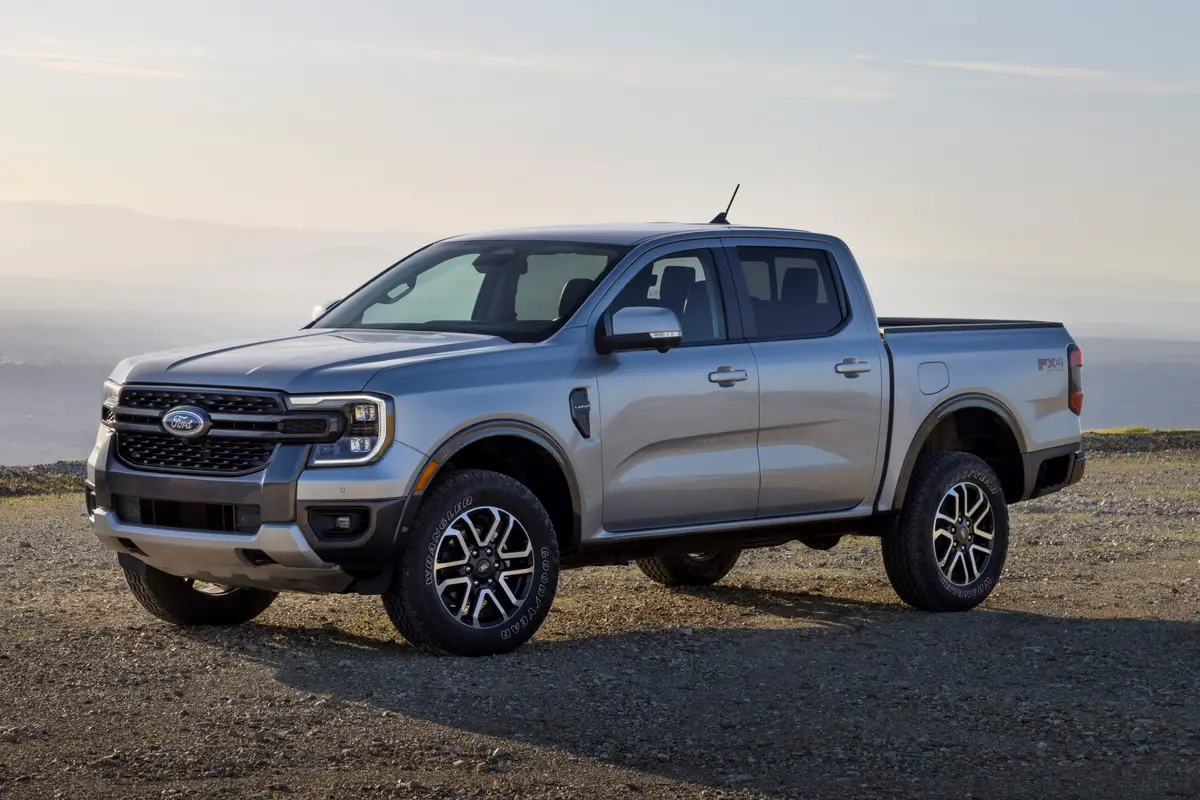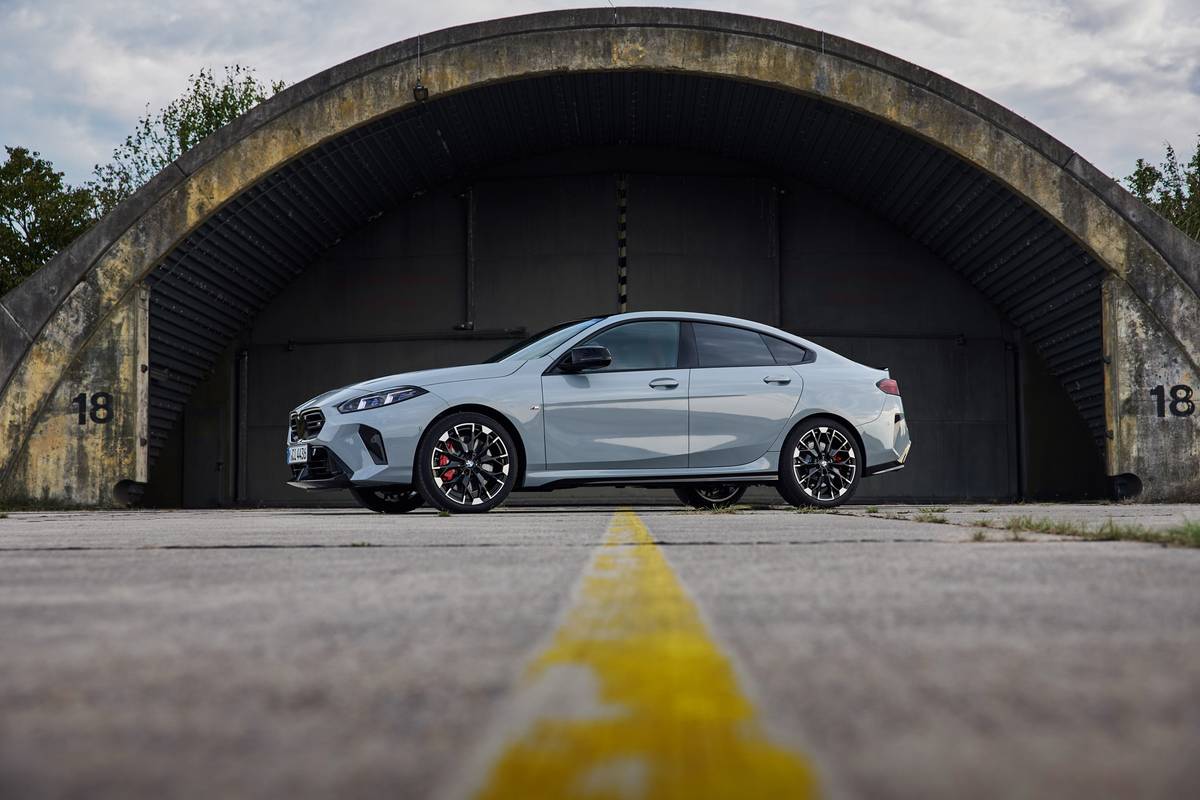Boston.com's view
Hyundai has Asian automakers in its headlights
Now comes a modern affirmation. Even as American companies look into their rear-view mirrors and see Toyota passing Daimler-Chrysler in August to assume a Big Three position, so too are the Asian companies looking behind them. Here come the Koreans.
My advice: Be afraid, be very afraid.
Hyundai, and its lesser sibling, KIA, are following the Toyota/Honda model, circa 1975, and producing very nice cars at very low prices.
Of course, the dismissive translation of the KIA acronym was once, “Killed in Action.” That begs that Ford once stood for “Found On the Road Dead” or that Honda and Toyota were called “Japanese Junk.”
Today, the Koreans back their cars with 100,000-mile, 10-year power train warranties. J.D. Power rated KIA, in 2002, its most improved model in its Associates Initial Quality Study.
KIA, which sold 12,000 cars in the United States in 1994, and which had only two models three years ago, now has seven — including key SUV and minivan models — and sales around 250,000 annually.
Hyundai, which sold just over 90,000 cars in 1998, is approaching half a million in annual sales for 2003.
Emblematic of the Korean drive is a car many thought they might never see: a midlevel luxury sedan called the XG 350, in base and L (as tested) models.
Make no mistake. I could seat you in this car, emblems covered, and you would think you were in a Lincoln LS, a Toyota Avalon, even an upclass Infiniti.
From the outside, you see a Lincoln grille, European sidelines, even a hint of Maybach. The vertically ribbed grille is Lincoln. The three-slatted lower fascia, with fog lights embedded, is European class.
Following the Toyota lead, in particular, Hyundai is pushing content with this car. Start with an upgraded 3.5-liter V-6 that delivers 194 horsepower — as much as you can legally use, folks — and a quiet, smooth ride. It’s not an Autobahn burner, but we’re not allowed to drive 150 miles per hour here anyway.
Standard equipment (and we’re talking less than $25,000 here) includes reading lights in the rear pillars, hydraulic piston trunk hinges, a garage door opener, cargo net, power leather seats, automatic climate control, side impact air bags, and rear seat air conditioning vents.
Go all the way up (by about a grand) to $25,000 and you also get a moonroof, heated seats, upgraded wheels, a better sound system, tilt-down mirrors for reverse gear, and faux wood trim that sure could have fooled me.
On the road, it was a bit heavy; cost-cutting in Korean cars is often achieved by using iron in engine blocks and suspension systems. The ride, however, was whisper quiet, heavily stable. There was a definite bit of understeer — front-wheel-drive and weight help bring that on — yet the car was a nice mix of European stiffness and American so ft ride. No floating, but no energetic, chattering feedback on bumps, either.
If I were building an affordable, basic sedan — Toyota Camry, Honda Accord — I’d worry about a car like this, at this price.
And if I were building an upscale sedan — Lincoln LS, Toyota Avalon — I’d be worried as well.
Latest news



